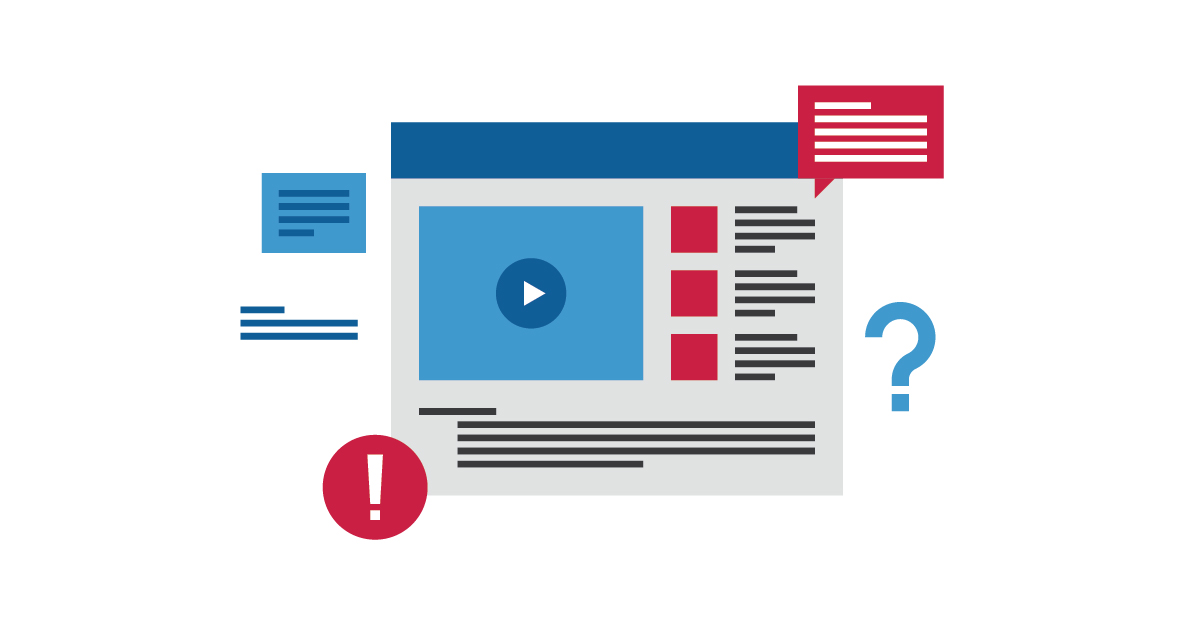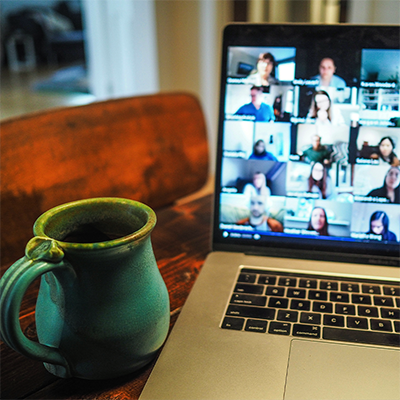How to Win Leads and Influence Customers with Webinars

Webinars are one of the most powerful and cost-effective ways to reach your audience. According to the 2022 B2B Content Marketing Report, webinars are the second-most effective marketing tactic for B2B businesses (after in-person events), and another report found that around 40% of webinar attendees turn into qualified leads, or up to 73% for B2B webinars.
If you are considering hosting webinars or have tried them in the past, it can be difficult to know all the steps you need to take to ensure your webinar is successful. For the best results, follow these best practices.
Before the Webinar

Build excitement for the event by providing a sneak peek at the topics that will be covered and the value that will be provided.
Choose a topic.
Find out which of your blog posts are most popular, ask your customer service representatives or salespeople what problems or issues they hear about most, and check Google Analytics to see what keywords are bringing visitors to your site.
Choose the right time.
Midweek days are the most popular for webinars, and right after lunch (Eastern Time) is the most favored time. If your audience is in different time zones, make sure to be clear what time zone you're presenting in.
Create a landing page.
Use the page to register attendees and provide more information on the topic, profile your presenters, and tell potential attendees what they'll get out of the event.
Make registration easy.
Ask for key information such as contact, company, and interests, but don’t go overboard. Try to limit registration forms to a handful of questions, and remember you can ask for more detailed information using polls during the event itself.
Promote, promote, promote.
If no one knows about your webinar, no one will come. Send at least three emails: an initial announcement one to three weeks in advance, a follow-up the day before, and a last-chance reminder an hour before. Build excitement for the event by providing a sneak peek at the topics that will be covered and the value that will be provided, and don’t forget to include the event time, date, and registration link. You can also post reminders on your social media accounts, write a blog post promoting the webinar, and highlight it as an upcoming event on your home page.
Send a confirmation email.
Don’t leave people wondering if their registration was received. Set up an automatic confirmation email thanking them for their registration and giving them the details: date, time, and how to access.
Allow for no-shows.
On average, between 40% and 50% of people who register for a webinar actually show up. If you’re aiming for a specific number of attendees, make sure you allow for overbooking.
Provide an incentive.
Encourage attendance with a special offer at the end: an e-book related to the webinar topic, a discount on a product or service discussed in the webinar, a free assessment, etc.
Get familiar with your software.
Whether you’re using a free service or a higher-end webinar platform (check out this list of the best webinar software for 2024), do a few run-throughs to make sure you know how it works so you won’t have embarrassing technical difficulties during the event.
Practice.
You don’t have to write a full script and memorize it, but at least have an outline and practice talking through the topics.
During the Webinar
Remember that although you can't actually see your audience, there are real people listening to you.
Introduce yourself.
Before you dive in, give a brief overview of why you chose this topic, your qualifications, and what you plan to cover.
Don't turn your webinar into a sales pitch.
Nothing alienates a webinar audience faster than an immediate hard sell. Unless you're offering training related to a specific product, don’t mention your product or service until the end.
Keep it to an hour or less.
According to the 2016 Webinar Benchmarks Report by webinar marketing company ON24, the average time spent viewing a webinar is 57 minutes.
Involve your audience.
Consider using the live chat feature of your webinar platform to conduct polls or ask questions to keep your webinar audience engaged.
End with a call to action.
It doesn't have to be a purchase request. Ask attendees to visit your website, sign up for your email list, or even like your Facebook page.
After the Webinar
Don't let your signoff be the last time attendees hear from you. Make sure you say thank you to those who attended, and reconnect with those who signed up but didn’t attend.
Make a recording available.
Allow those who were unable to attend the webinar (or those who want a repeat performance) to listen on-demand.
Send a follow-up email.
Include a thank you for attending, a quick recap of what was covered, a link to any follow-up material or resources, the slides that were used in the webinar, and a link to the replay. Don’t neglect those who signed up but didn’t attend—send them a follow-up email saying you’re sorry they missed the event and providing a link so they can view it at a time that’s convenient for them.
Create more content.
Webinars are a rich source of material for content marketing. Blog posts can include a summary of the event, poll results from live surveys, and a transcript of live Q&As. You can also use the webinar as the basis for a white paper or e-book, a SlideShare presentation, or an infographic.
Measure results.
Measure the number of participants, the attendance rate, and the leads and sales it generated so you’ll know more for your next webinar.
Come up with new ideas.
Remember to offer new content or fresh perspectives with future webinars.

